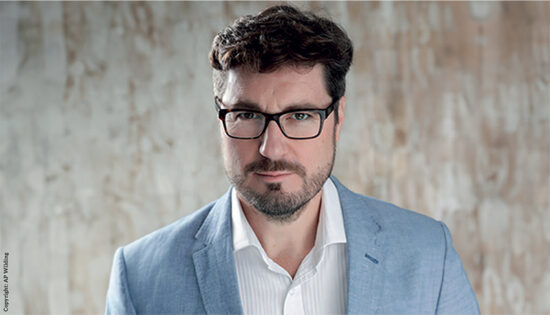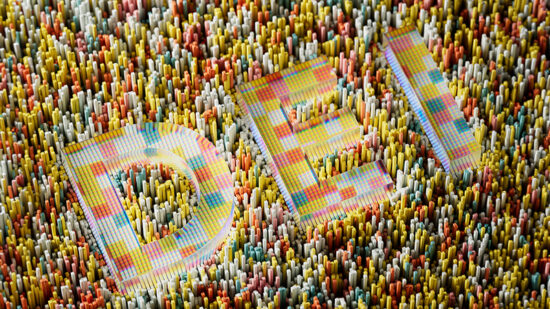At the end of June, there were some 899 companies active in the DIFC, compared with 848 at the end of December, the centre, which opened in 2004 as a “free zone” aimed at providing an efficient Middle East base for financial services businesses, the DIFC said in a statement.
Ninety licences were issued in the six months to the end of June, up from 64 during the same period in 2011, a 41% increase, the DIFC statement added.
Occupancy of DIFC-owned commercial offices in the DIFC’s so-called Gate District – which consists of the Gate building, Gate precinct and Gate Village – increased to 98% of leasable space, from 95% at the end of 2011, while occupancy in the DIFC-owned retail units stayed unchanged at 96%.
Commercial office space within third-party developments under DIFC’s management is 86% occupied, compared to 72% occupancy at year end of 2011.
DIFC Authority chairman Abdul Aziz Al Ghurair attributed the DIFC’s latest six-month performance to the “strong principles” on which it was originally founded, and noted that there were “promising opportunities for significant expansion” in both the number and types of businesses the centre could potentially accommodate.
Businesses from outside the United Arab Emirates are attracted to the DIFC because it offers them certain perks, such as the ability to be 100% foreign-owned, which is not possible outside the centre, as well as tax advantages. It also has its own court system, which is based on common rather than civil law principles, and which oversees all civil and commercial disputes in or relating to the centre.
At present the DIFC says its client base comprises “almost 900 active registered firms, including 17 of the world’s top 25 banks, eight of the world’s ten largest insurers, eight out of 15 top law firms, ten of the top 20 money managers and seven of the top ten consultant companies in the world”.
Around 13,000 people work at the centre.
As reported here in July, the DIFC accounted for 1.4% of the UAE’s total non-hydrocarbon GDP in 2011.








